In part I of this blog, I discussed a sales meetup I attended in San Francisco that was predicated on roundtable discussion/peer learning, networking, and savoury foods.
I felt out of place, and not just because I was the only one using my IPA as a dip for my chicken shawarma. I was an outlier at the table. Everyone else was part of or leading a team of sales pros. I was the sole solopreneur, and until I raise my Series A and invest in self-cloning technology, I won’t be working in a modern sales organization any time soon. As a result, I couldn’t add much to many of the topics being discussed.
Things changed when a new topic arose, and someone at my table began discussing the various channels her reps use and what metrics define success for each one. When the manager listed “social selling”, the whole table wholeheartedly agreed that it has value – but that because social selling activities couldn’t be tracked, its value couldn’t be measured and proven.
This triggered something and the gears in my mind started turning. The squeaking gave me a headache. My mind traveled back in time to view the way I used to do things when I was a quota-carrying sales rep. LinkedIn’s purpose at that time, was there to help me identify which IT execs to cold call (I sold enterprise tech), update my work experience, and accept connection requests from old colleagues who I didn’t like.
Like any entrepreneur from the pre-data analysis era, I don’t need no stinkin’ data to tell me what to do. I run my business on gut instinct (which is a braggadocios way of saying “I don’t know how to measure any of that”), but my gut told me that LinkedIn is the channel where I need to spend a lot of my time. Unfortunately, when I launched “Comedy Writing for Sales Teams”, the way salespeople were using LinkedIn had really evolved – and I never got the Slack message.
My old LinkedIn persona was a composite of Ron Burgundy and “Ol’ Gil” from the Simpsons. I was the perfect example of that guy that every sales influencer rages about “STOP PITCHING! BUILD RELATIONSHIPS THROUGH VALUE! AVOID SELF-INDUCED HEART ATTACKS!”. I was making things about myself. I didn’t try to get to know my connections or offer them anything (except my all-around amazingness). I just assumed they were on LinkedIn to accept my life-changing insights & offers.
I couldn’t have been more far off. I quickly eschewed the the “post-connect pitch” and began sharing my knowledge with my network, creating & sharing video content, pumping out articles, participating in discussions, and cultivating online relationships, which then turned into offline ones.
After breaking into a cold sweat because of these memories, I realized where I was, and that I had a contribution to make. I dunked one last morsel of chicken in my beer, swallowed and sprung into action.
I explained to my table-mates, that as a solopreneur, I need to be my own sales & marketing teams, admin, and top to things off – I’m the product and service provider. When it comes to sales, I create my own content, create & run my own drip campaigns, and make cold & warm calls. My particular circumstances also mandate me to spend a lot of my day on LinkedIn. If not for it, I couldn’t be building my business.
I declared exactly that, and started to spout out all the ways in which LinkedIn helps me grow my brand, drives engagement – all of which COULD be tracked if I had the time & means. These include:
1) New connections, gained from:
-
Those who interact and appreciate my content;
-
Requests I proactively send out;
-
Those who have seen me speak, or taken one of my workshops;
-
Those I met at industry or networking events.
2) Conversations Generated:
From those conversations, how many:
-
Opt-in emails can I gather?
-
Phone numbers can I gather (publicly listed, solicited, or – gasp – scraped)?
-
How many conversations can that information generate?
-
How many meetings can I book?
-
How many of those meetings turn into opportunities
-
Intros made by your 1st degree connections
-
Activities taken on Linkedin per deal
-
Which pieces of content put out which yield the most connection requests because your expertise or knowledge is appreciated.
-
Offline conversations generated from LinkedIn interactions.
Sure, tracking all of the above is a challenge, but it’s not hard to guesstimate many of these. Phone, email, or social selling are all separate channels which need to be mastered. Sales teams invest heavily in measuring how well the first two are being used, but don’t in the latter.
My words were well-received. After doling out this advice, a silence fell over the table. Peoples mouths dropped, before they stood and applauded. A tear even streamed down the cheek of one VP of sales. I was honored and validated.
Sure, that last part’s completely fabricated, but admit it – you like blog posts with formulaic Hollywood endings.
Jon Selig spent 12 years selling enterprise technology, which was a well-paid internship for his career in stand-up comedy. Jon shows sales teams why & how to craft humor that roasts prospects’ pains, starts more conversations, and helps reps keep their day job.

